Even a hesitant beginner runner can become captivated with running after just a few runs. Although it is a pleasant luxury for seasoned runners to spend on their running gear, beginners may find running specialty stores crammed with the newest technology and running gear.
So, if you are running an ODM or wholesale business to provide all kinds of running gear and clothes to the fan base of keen runners who want to reward their efforts and promote their passion for the sport, you must understand the need of beginner runners.
Keep reading our guide for the finest running gear for beginners if you’re trying to figure out what equipment is essential.
Essential Running Gear
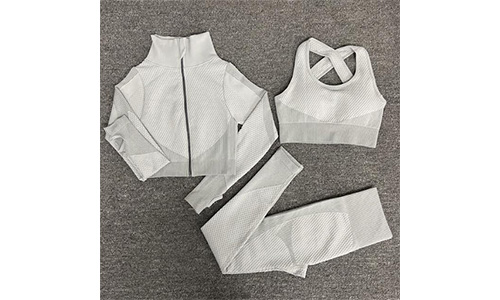
Running-specific clothing moves with your body and is light in weight. Seams are strategically positioned to help the runner move more freely. The running clothing for bulk purchase needs should be bought from a renowned and reliable manufacturer.
The tops and bottoms required for running are explained in detail below.
Upper Body Gear for Beginners
Compression shirts
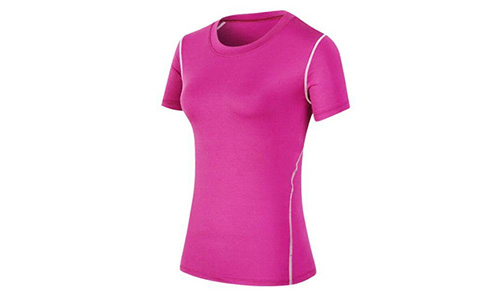
Compression T-shirts greatly embrace and squeeze the muscles necessary for effective jogging. They guarantee to make your workouts more effective, prevent common injuries and hasten your recovery.
In order to improve movement and reduce the chance of chafing, seams are strategically positioned. Additionally, a lot of running-specific clothing is reflective, ensuring your safety when running at night.
Running tops shouldn’t be too loose, but they also shouldn’t be figure-hugging as well. You should strive for a careful balance between well-fitting and somewhat baggy.
Light-weight jacket
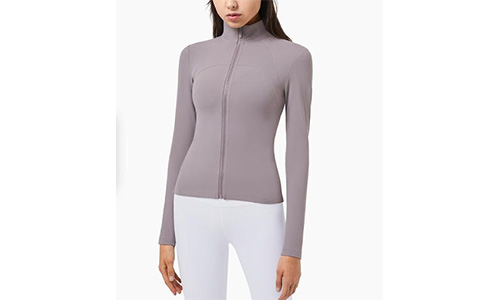
Running is best done while wearing a gilet or a long-sleeve waterproof jacket when the weather is really wet and cold. The best alternatives can keep you warm and dry during the worst of most runs and have great wind-stopping and rain-resistance characteristics.
The majority of running situations will be fine for less expensive jackets, but they will give up some features, such as not being completely waterproof or windproof.
Sports bras
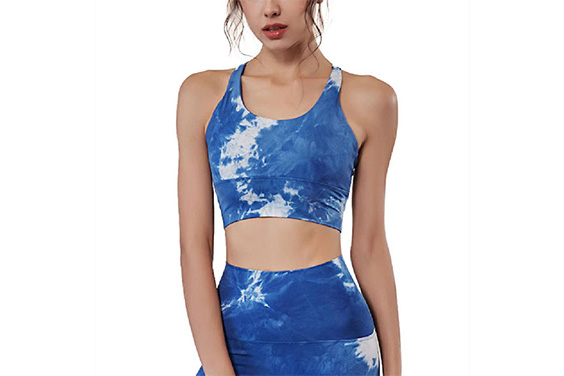
Running is more comfortable with sports bras since they minimize bouncing and help stop potential sagging. Running without a sports bra can cause Cooper ligaments to be overstretched and harmed over time.
For jogging or other high-impact exercises, women should ensure they are wearing a decent, supportive sports bra. The sports bra should be snug without being overly stretched.
Running Cap
Up to 30% of one’s body heat can be lost through the head in cold weather, which highlights the significance of wearing a hat. Woolen hats are frequently the standard since they are convenient and affordable. More costly hats provide waterproof or wind protection.
Lower Body Gear For Beginners
Shorts
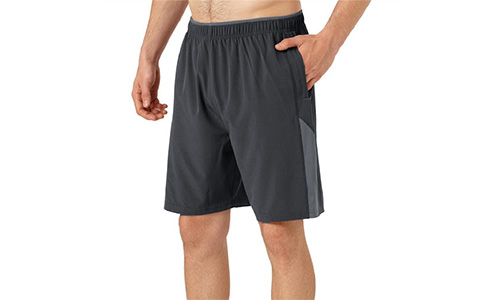
The running attire must include running shorts. Generally speaking, running shorts need to offer enough support, warmth, and usefulness. In order to reach their full potential, they should give the widest range of motion.
Joggers
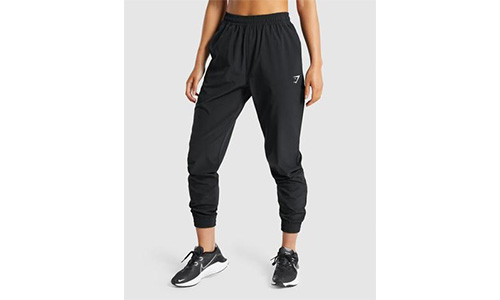
People can run comfortably in any weather condition with the best joggers. Many different designs include features that can do everything from compress the lower body to maintaining the muscles. With so many styles and colors to choose from, running pants may also be fashionable and enjoyable.
It’s crucial to buy joggers with some synthetic material because 100% cotton pants retain moisture and maintain sweat near the body. People are more prone to experience cold and discomfort if the skin is damp in cold weather.
Tights
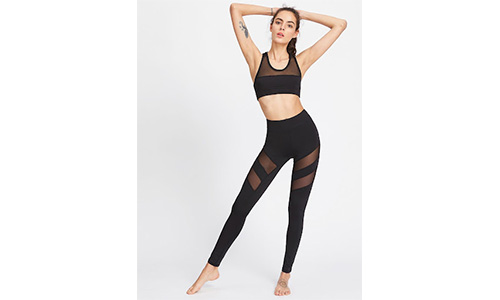
It is advised to wear tights when it is cold outside to keep your legs warm and lower your risk of damage. Running tights are specially fitted to better hug the legs and prevent the wind and rain from getting inside the leg. This makes it easier to avoid cold-muscle injuries and increases your enjoyment of running in less-than-ideal conditions.
People should try the tights on before making a purchase because many manufacturers provide a variety of cuts to accommodate various running styles.
Running shoes
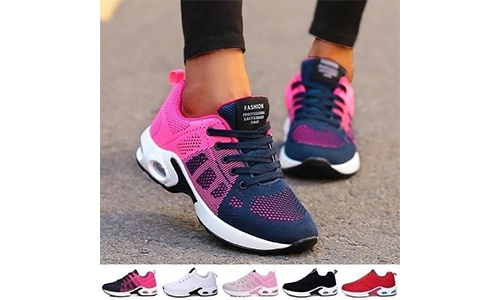
You’ll need a decent pair of shoes that fit you properly when you first start running. One of the most frequent reasons for running injuries is choosing the incorrect footwear.
Don’t choose a pair of running shoes only because you like the company, design, color, or price when you are shoe shopping. You don’t have to spend the most money on a pair, but getting a decent pair is a wise move that will make your runs more comfortable and help you avoid injuries.
What to wear and not to wear in summer
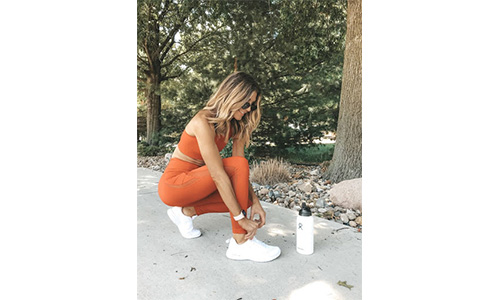
Running in the summer demands planning and the right gear to keep you cool and protect you from heat-related illnesses. Following are the essential gear recommendations for running in hot conditions.
1. Wear Moisture Wicking Clothes
Your running gear, including your socks, should be made of moisture-wicking fibers. In order to keep you cooler, technical materials wick sweat from your body. Avoid wearing 100% cotton clothing. Sweat is absorbed by cotton materials, which makes the clothes heavier and potentially chafing.
2. Dress in airy, loose-fitting attire
Choose lightweight, loose-fitting attire for your journey if you want to run in warm weather. Since they cover more flesh from the sun, flowing, long sleeve shirts might keep you cooler than short sleeve tops. Choose longer, looser-fitting running shorts to shield your legs from the sun and to make sure you stay cooler by providing more ventilation.
3. Running Hats Will Keep You Cool
To block the sun off your face, put on a hat with a wide brim. In addition to providing extra protection for your neck and ears, some running hats also feature a “sun skirt.” To assist in wicking perspiration from your head, choose a hat made of a technical fabric. A cotton baseball cap should not be worn since it might trap heat and raise your body temperature.
4. Avoid Wearing Thick Running Socks
Running makes your feet swell, particularly on hot summer runs. Your feet will rub against the front of your shoes if you have thick running socks on, which increases your risk of developing black toenails. Additionally, you’ll perspire more, which will increase the risk of blisters on your feet.
What to wear and not to wear in winter
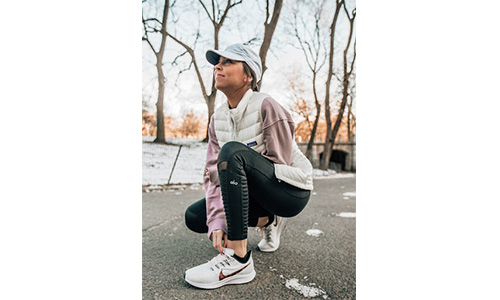
Every fall and winter, runners experience extreme confusion on what to wear for their workouts. Here are some tips on what to wear and what not to wear for running in winter.
1. Wear a Wool Hat
During winter runs, a fleece or wool cap will keep your head warm. If the wearer begins to feel too hot, they may just tuck it into their jeans. For additional sun and rain protection, choose a hat with a brim. Earmuffs can prevent frostbite on the ears while also enabling sweat from the head to drain.
2. Keep Your Gloves On
While running in chilly or windy weather, it’s important to keep the hands and fingers warm. Runners should wear insulated running gloves that include features that make it easy to use the phone for navigation or emergencies.
3. Layer Up!
Layering is the secret to going running in the winter. Layers allow sweat to pass through the clothes and prevent overheating in addition to trapping body heat.
4. Avoid wearing sweatpants
Sweatshirts and sweatpants used to be common running clothing for cold weather. Sweats are now regarded by runners as being “old school” due to the introduction of running apparel made from technological fabrics. Technical fabrics, which wick sweat and keep the runner dry, make running apparel considerably more comfortable.
Bonus running gear
Sports watch
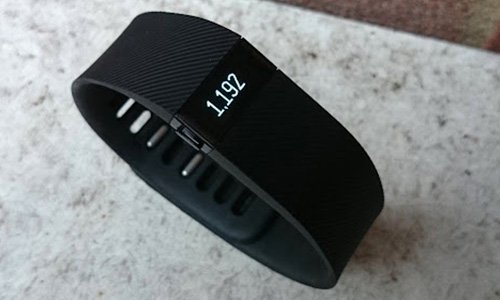
Both beginners and seasoned runners might benefit from using a smart running watch. It’s not just a watch; it’s a dependable training buddy that can get the runner started on a more healthy lifestyle, improve their running, and measure their progress on their goals. Nothing is more gratifying than reflecting on the run and witnessing accomplishments with a smartwatch.
A precise picture of the daily energy expenditure is provided by the wrist-based heart rate sensors in some sports watches. Body weight management can be improved by comparing the calorie intake and output, and the wrist-accuracy HRM makes this process safe and healthy.
Hydration
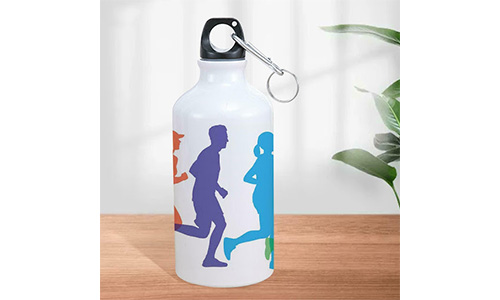
Based on how much liquid one needs and where one wants to wear it on the body, there are various possibilities for hydration gear.
Hand-held bottles of water typically weigh between 15 and 20 ounces and have a hand strap to make them more convenient and pleasant to carry. Longer runs are suited for hydration packs that are carried over the shoulder like a bag and hold up to 70 ounces of liquid. A fuel belt that can accommodate numerous smaller bottle serves. They are worn around the waist and are intended to equally distribute the wearer’s weight and lessen belt bouncing. For runners who wish to carry both water and sports drinks, the fuel belt is perfect.
Headphones
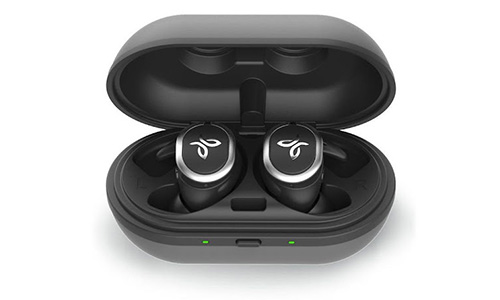
Many runners use headphones to block out mental distractions and keep them focused on the task at hand. Positive components of mood, such as happiness and enjoyment, are enhanced by music, while negative mood elements, such as stress, exhaustion, and bewilderment, are reduced with music.
Sunscreen

Every runner should be conscious of their skin and be able to recognize any changes, such as the appearance of new moles or discolorations. Even those with darker skin tones who are less likely to become sunburned should wear sunscreen when running.
Despite the fact that a runner is probably better wrapped up in the winter, they should still use sunscreen on exposed skin. UV rays can be amplified by snow and even a little light cloud cover.
6 Running Tips for Beginners

As a beginner to running, there are a few things to keep in mind for safety. Here are some beginner running tips to improve your fitness.
- Divide your run into intervals, and at first, try to keep them brief. Don’t be embarrassed to take a short walk in between sets so you can rest a little.
- Many new runners start out too quickly and pay a price for it after only a few minutes. Among the ill effects are frustration, exhaustion, pain, and even injuries. So, start your run at a moderate pace.
- Before starting the next workout, you must wait a day because your body needs time to recover from the first jogging session.
- Run with ease and proper technique. Instead of taking long, strong strides that serve as a brake and limit your speed, take short, effortless steps.
- It is advisable to avoid eating anything before your run because it will cause side stitches.
- You should add strength training to your running workout to build your core strength.
Conclusion
If you’re just starting your running journey, you might feel a little daunted by all the equipment and gear that the more professional runners use. The only true equipment you require is a pair of comfortable shirts and joggers and, for women, a suitable sports bra.
If you’re a wholesale or ODM business looking to stock quality sportswear, then you should be aware of the latest styles and designs that are trending amongst runners.

